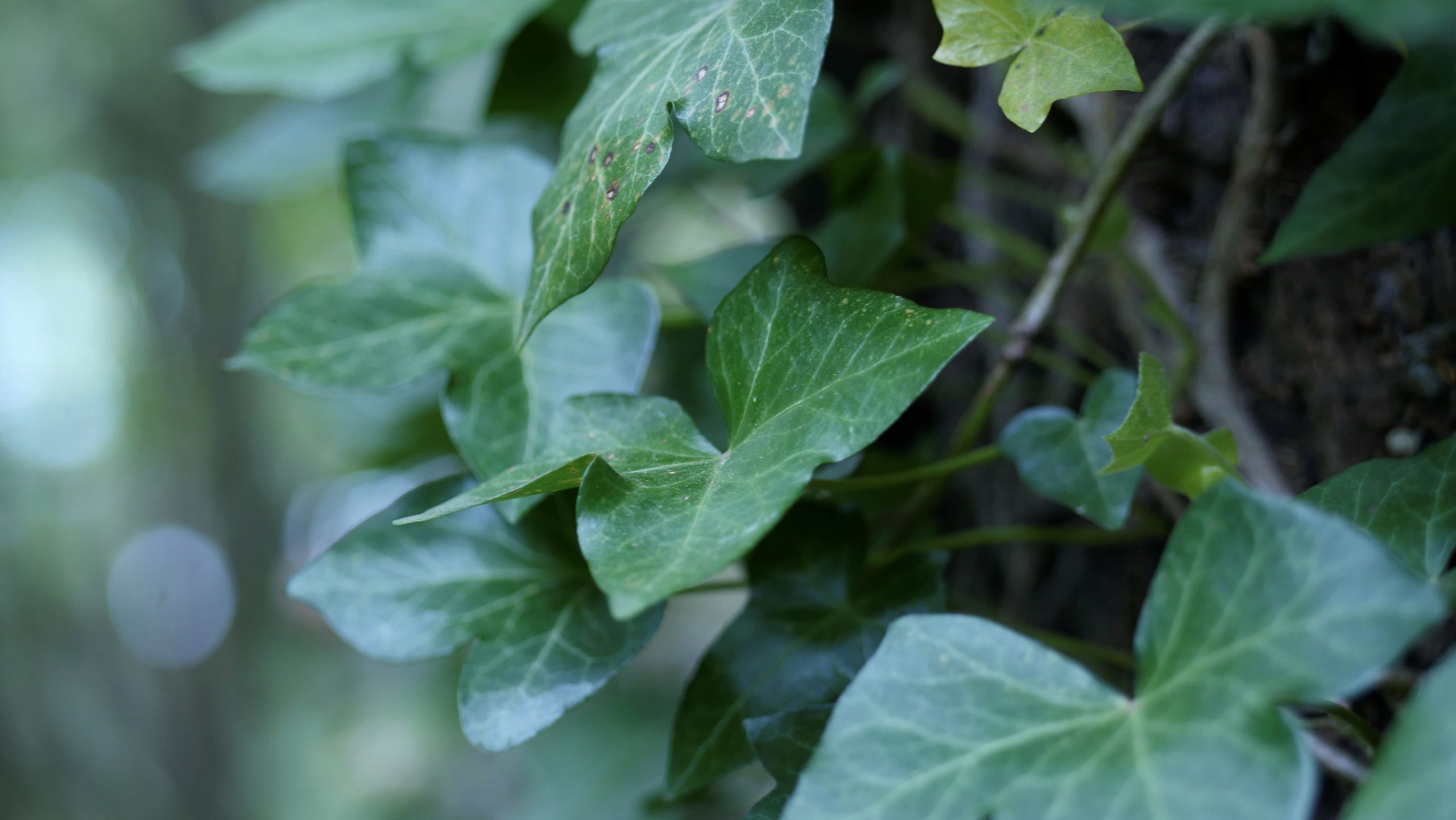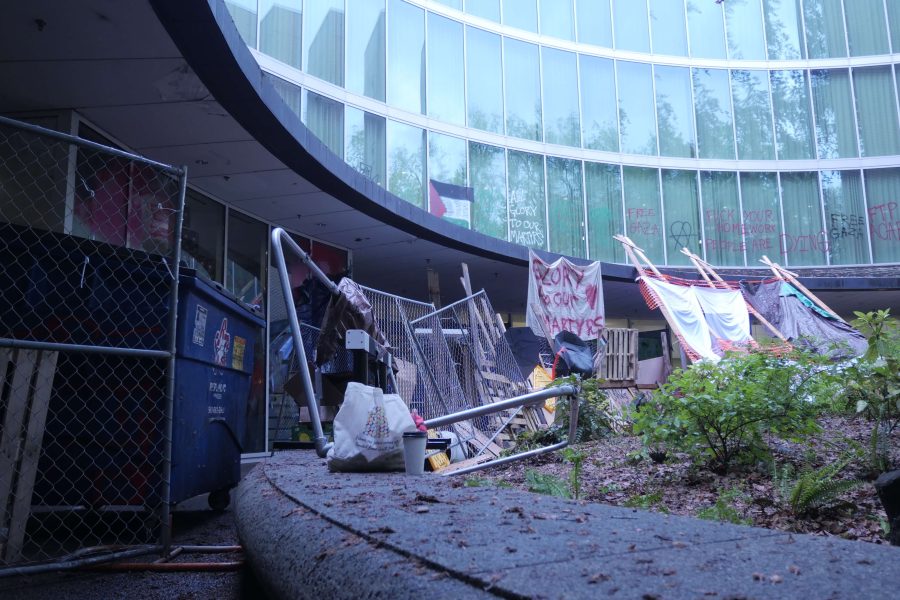Like mold in a house, once you notice it, you can’t ignore it. The feeling of seeing something which can cause problems—not only to the structure of your home, but also to the health of all the inhabitants—requires swift action to cull it, diminishing the possible harm.
But imagine mold spread in a home for years, covering the walls and furniture. Walking into this home, what would you feel?
The problem with mold is its obvious safety concerns and the lack of understanding of its spread. Identifying invasive species and dealing with them before they spread is the easiest way to limit the harm they can cause to an ecosystem and the spaces we share.
Invasive species are not just non-native species but also those which cause notable harm and pose a risk to native flora and fauna.
When hearing about invasive species, we might be prone to think of fauna such as bullfrogs, zebra mussels and quagga mussels. Even Oregon’s official list of invasive animal species is mainly aquatic.
Aquatic species often get more attention as they spread through the waterways, cause erosion and can affect more delicate ecosystems. On a list of 11 species wreaking havoc in Oregon published by The Oregonian, 10 were aquatic and the other was feral swine.
Officials suggest reporting when and where you see these species at the Oregon Invasive Species Hotline or by calling 1-866-INVADER. The ability to identify and recognize invasive species is important for reporting them.
While species such as feral swine might be obvious and recognizable, some of the most devastating and common invasive species which people see daily are plants. We are surrounded by harmful invasive plant species which can be identified if you know what they look like.
Plant awareness disparity (PAD), or plant blindness, is a real issue. It pertains to the loss of “attention, attitude, knowledge, and relative interest” people have towards plants. Plants—a large part of the ecosystem—often blend into the background for people who are unable to identify, differentiate or appreciate the role of plants in our world.
We have become disconnected from the environment we interact with every day, to the extent where people do not know better than to be enamored by the flowers and beauty of a noxious weed which disrupts the area it takes root in.
Invasive plants have a history not only rooted in the carelessness of people but also in the deliberate introduction of colonial plants and the eradication of native cultivated ecosystems.
We can see examples of this with the black mustard plant in California. With beautiful blooms of fresh yellow, the noxious weed chokes out other native species.
Its history is intertwined with Spanish colonizers who would spread the seed as they spread missions along the Golden State, aka California. Mustard sprouts around this time in the Willamette Valley, and you can see it along highways, cow pastures and open fields. Destructive to ecosystems, yet blooming all around.
People will admire how pretty these plants are without even seeing the harm, including erosion and creating ingestible zones of monocultures which have prevented any other plants from growing. Some of the more common and easiest invasive plants to identify for beginners are English ivy, Scotch broom and Himilayan blackberry.
English ivy (Hedera helix) trails up trees, buildings and hills, halting other species from being able to grow. The most harmful element of English ivy is its coverage with shallow roots and its parasitic relationship with trees it clings to, ultimately weakening and killing them.
For the Love of Trees offers comprehensive removal methods and different organizations to join if you want to volunteer to remove ivy vines. Often, this vine spreads with Himalayan blackberry across urban greenways along highways, train tracks and neglected urban spaces.
Himalayan blackberry (Rubus armeniacus) is known for its spread across the West Coast. It expands after dormancy in winter, creating large thickets of flammable bramble which create ecological hazards, especially as fire seasons increase in these regions.
There are additional species of blackberry, including evergreen blackberry (Rubus laciniatus)—a non-native species—and trailing blackberry (Rubus ursinus)—a native species. Understanding how to identify this species can help decrease its spread.
Due to its edible fruits’ spread and dormancy, this species can take over an area fairly quickly. Completely disposing of a blackberry bush can take lots of resources and time, especially if it is allowed to establish for long periods of time.
Scotch broom (Cytisus scoparius) is a bush found along highway corridors. It is known for its costly removal and its contribution to seasonal allergies.
Without knowing its harm, it’s easy to see the beautiful pop of golden as a beautiful shrub, but like the other species, it offers little to the habitat it takes over. If neglected, it can form a thick wall of dense shrub which degrades the land and creates fire hazards.
The easiest way to support native flora is to use your yard and green spaces as a refuge for native ecosystems. Since most college students do not have green spaces of their own, look for organizations and groups such as Portland State’s Indigenous Traditional Ecology & Cultural Knowledge (ITECK) or Friends of Tyron Creek.
As people become more familiar with and interact with the outdoors, they should be aware that our place is to admire the pristine nature and preserve the natural systems which have worked for decades before colonization.






